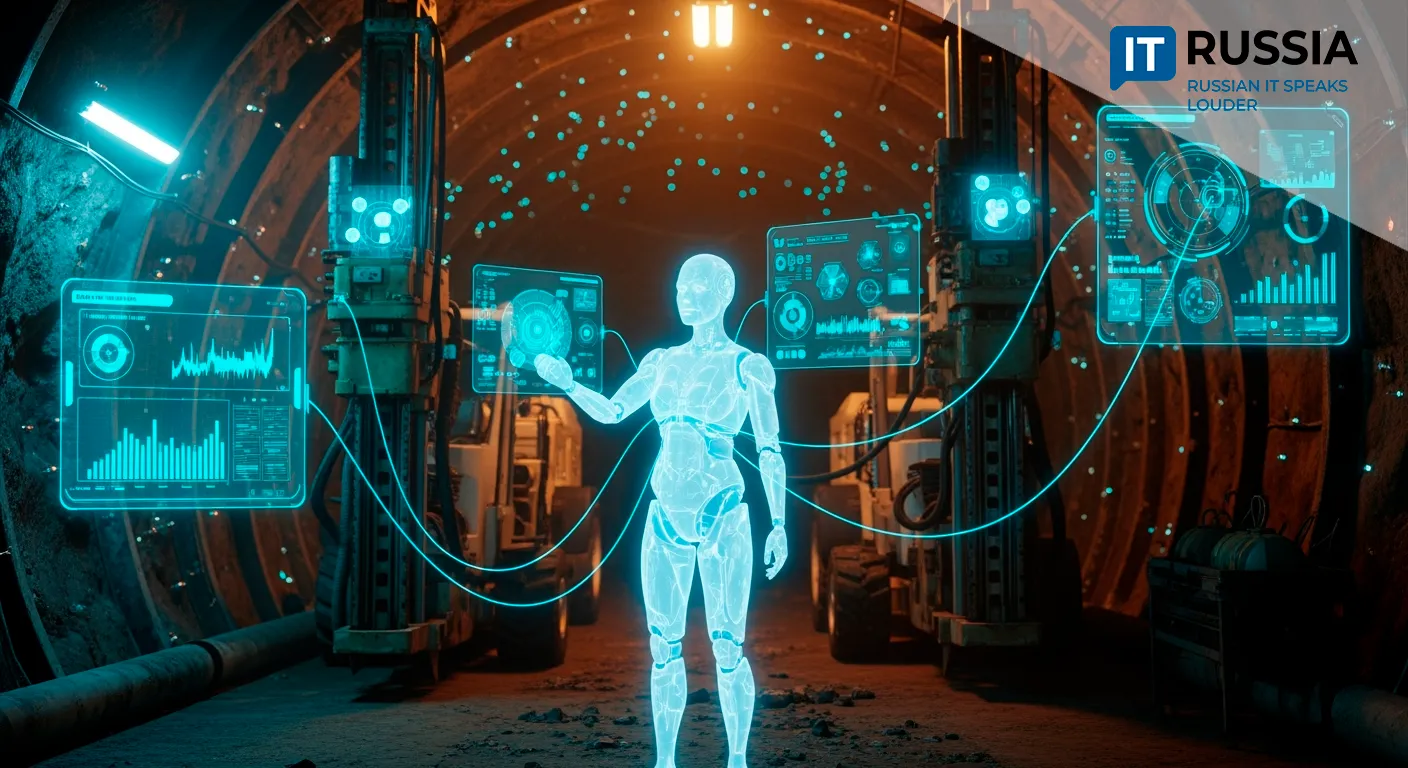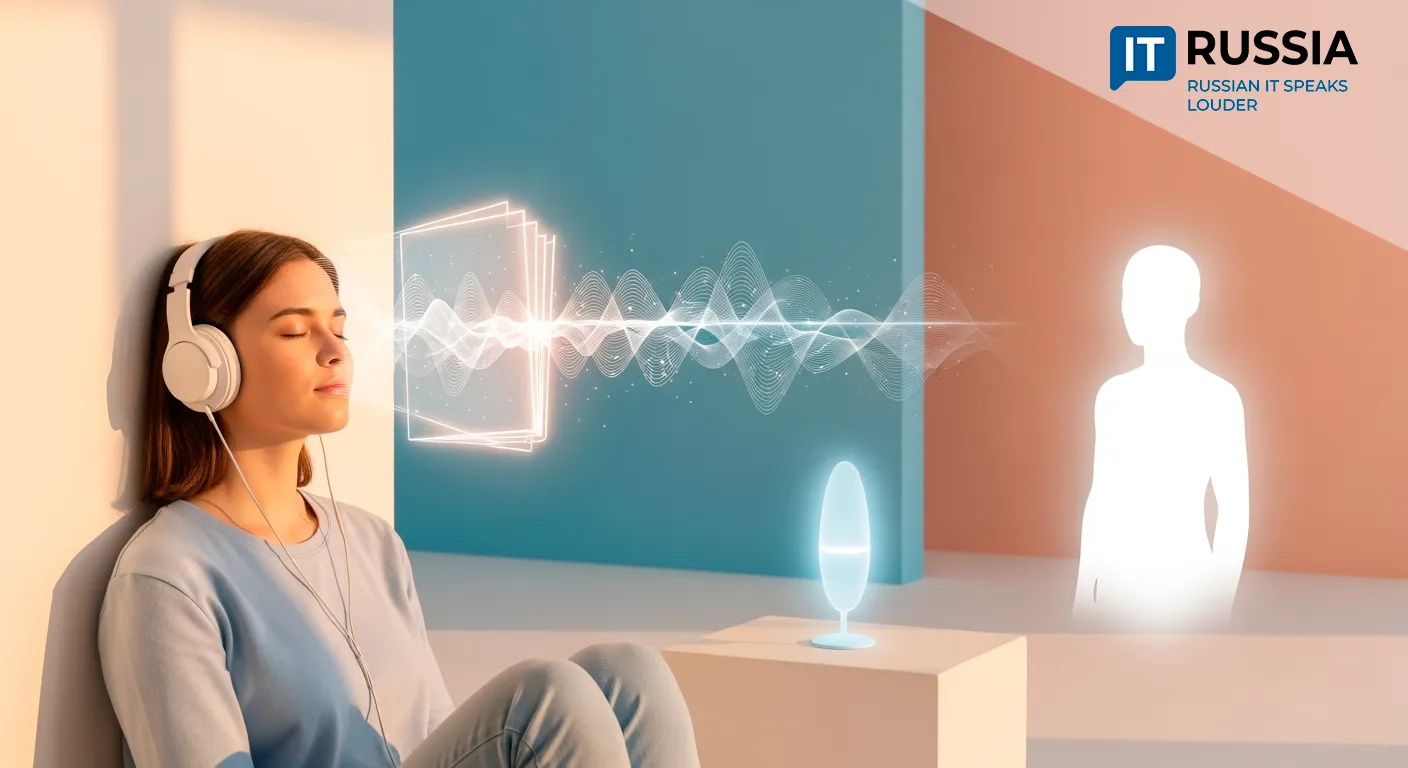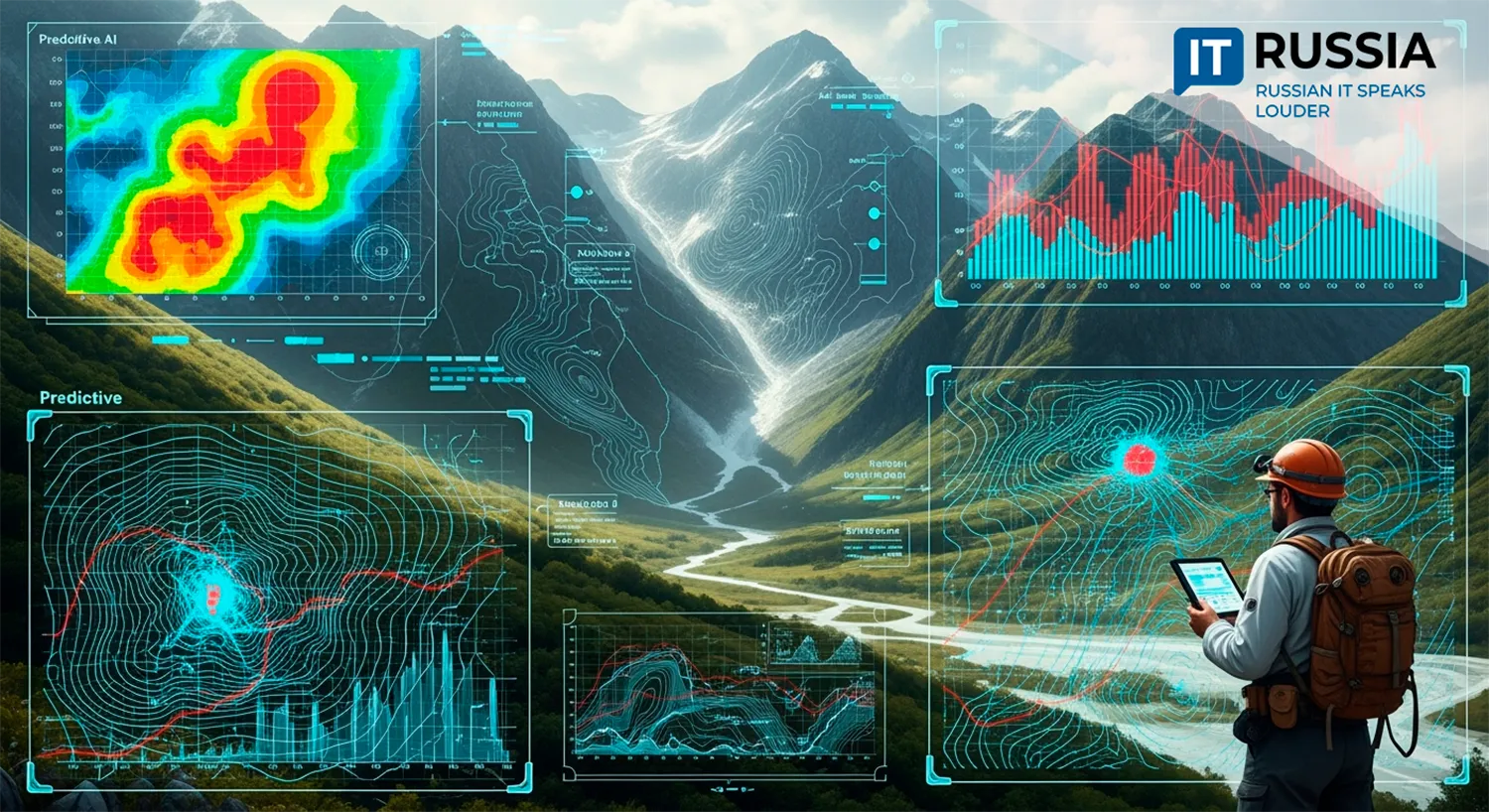Russian Researchers Usher in a New Era of AI Detection

A new interpretable detector built on sparse autoencoders promises to reveal not just whether a text is AI-generated—but how that conclusion was reached.
Breaking Open the AI Black Box
As generative AI continues to author news articles, research papers, and fiction, a practical question arises: who—or what—wrote this? This question is no longer philosophical, but a pressing concern for educators, publishers, journalists, and the general public.
Russian researchers from MIPT, Skoltech, and AIRI have introduced an interpretable AI text detector based on sparse autoencoders (SAE). Unlike most detectors that act as black boxes, this model deconstructs its decision-making process, offering human-understandable justifications for each classification. SAEs allow the model to identify key patterns—like excessive lexical predictability or the absence of abrupt semantic shifts, both of which are typical in AI-generated text.

The team emphasizes that current detection systems often fail to clarify why a certain text was flagged, making it difficult to correct false positives or improve model trustworthiness. This new method shifts the focus from statistical anomalies to interpretable features, offering transparency at the level of semantic 'atoms'.
Why It Matters: National and Global Stakes
This breakthrough strengthens Russia’s status as a hub for responsible AI innovation. In a global race for technological leadership, the ability to not just develop powerful AI but also to explain it positions Russia as a leader in explainable AI (XAI).
The detector has practical value across sectors. For everyday users, it can help spot fakes, scams, or student plagiarism. For researchers and journals, it aids in detecting fraudulent or AI-generated papers. Businesses—especially in media, marketing, and EdTech—can use it to audit outsourced or third-party content. Governments may find it useful for boosting public trust in AI-based systems.

The timing is also strategic. With frameworks like the EU’s GDPR mandating the 'right to explanation' in algorithmic decisions, interpretable models are not a luxury but a regulatory requirement. The Russian system’s ability to show not just a verdict but also the why behind it makes it attractive to international publishers, platforms like Turnitin, and media companies alike.
From Mimicry to Innovation: The Russian Trajectory
Russia’s path in AI detection has evolved rapidly: In 2023–2024, black-box detectors using post-hoc explainability tools like SHAP and LIME dominated the landscape. By 2024, Russian-built models emerged for detecting AI in academic writing—but lacked detail in feature attribution. Then, in 2025, the release of a preprint in the ACL Findings section detailing the SAE-XAI method marked a clear turning point. The milestone was covered by Naked Science, signaling its impact. This trajectory—from adopting global tools to creating original methodologies—underscores how Russia’s AI research has matured.

What’s Next: Applications and Future Horizons
The researchers envision several paths forward:
• Commercial SaaS deployment for real-time text screening.
• API integration into educational platforms, journals, and media outlets.
• Expansion to other content types like code, audio, and images. Rather than building just another detector, the team has laid the groundwork for a new AI ethics ecosystem.
In a world where the line between human and machine authorship is blurring, the ability to interpret and explain is vital. This work is as much a scientific milestone as it is a statement of intent: to build technologies that serve human understanding—not replace it.










































